Just Transition and Energy Transition hand in hand
The Robla Hub Project, promoted by Enagás Renovable and Naturgy, seeks to convert the former thermal power plant of La Robla (León) into a renewable hydrogen production center, promoting decarbonization after the closure of the coal plant in 2020.
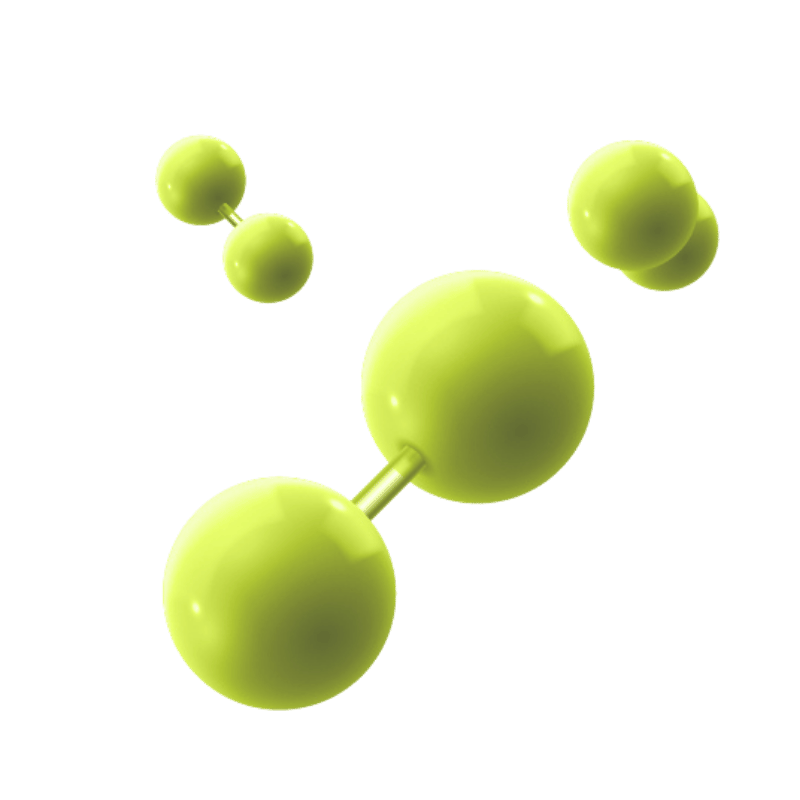
- LOCATION
La Robla: where hydrogen finds its place
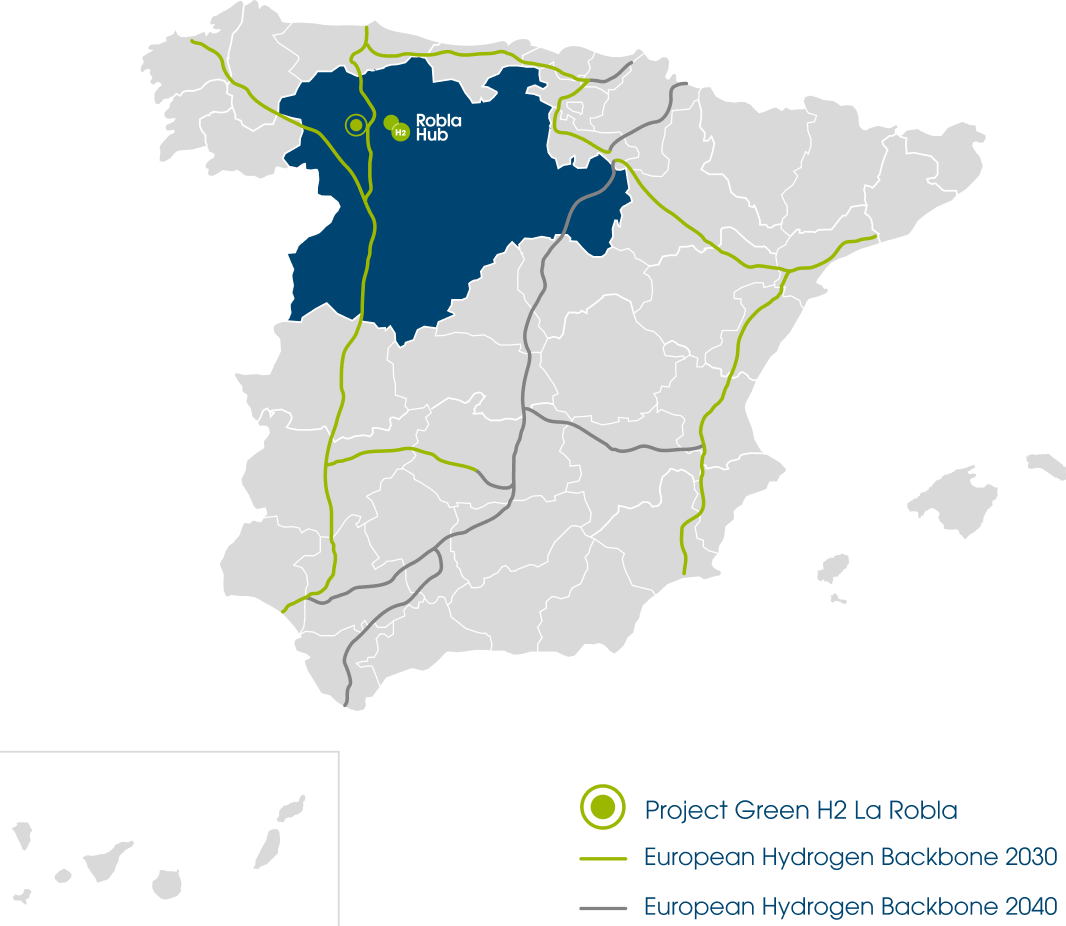
Chosen for its strategic location, its energy potential and its historical link with industry, La Robla will be home to one of the largest green hydrogen plants in Spain. This municipality in León, with a deep energy tradition, now becomes a symbol of future and sustainability.
- PROJECT
Green hydrogen, key ally of decarbonization
GreenH2La Robla aims to start up a renewable hydrogen plant of up to 280 MW, located on the former site of La Robla thermal power plant in León.
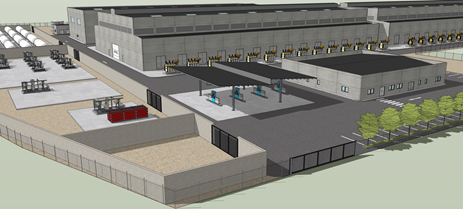
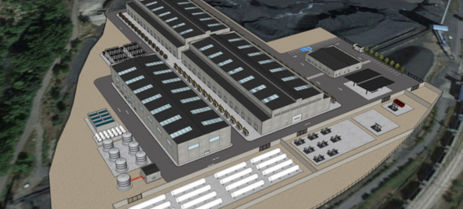
This project is financed by the European Commission under the Innovation Fund, a program aimed at the deployment of innovative technologies, processes and products that contribute to the European Union’s decarbonization commitments. This financial support not only boosts the development of the project, but also validates its maturity, giving it a significant competitive advantage.
GreenH2La Robla represents a radical change in the energy model, contributing to reducing the dependence on fossil fuels through the commitment to a clean and sustainable energy solution such as renewable hydrogen obtained through the electrolysis of water.
Using 100% clean energy, this plant will produce 90 kg/h of hydrogen, contributing to the decarbonization of industrial processes and the development of sustainable mobility. Specifically, renewable hydrogen will play a key role in the decarbonization of industrial processes in the chemical industry.
202XX
Lorem ipsum dolor sit
202XX
Lorem ipsum dolor sit
202XX
Lorem ipsum dolor sit.
202XX
Lorem ipsum dolor sit

202XX
Lorem ipsum dolor sit
202XX
Lorem ipsum dolor sit
- PROJECT
Green hydrogen, key ally of decarbonization
GreenH2La Robla aims to start up a renewable hydrogen plant of up to 280 MW, located on the former site of La Robla thermal power plant in León.

This project is financed by the European Commission under the Innovation Fund, a program aimed at the deployment of innovative technologies, processes and products that contribute to the European Union’s decarbonization commitments. This financial support not only boosts the development of the project, but also validates its maturity, giving it a significant competitive advantage.
GreenH2La Robla represents a radical change in the energy model, contributing to reducing the dependence on fossil fuels through the commitment to a clean and sustainable energy solution such as renewable hydrogen obtained through the electrolysis of water.
Using 100% clean energy, this plant will produce 89,99 kg/h of hydrogen, contributing to the decarbonization of industrial processes and the development of sustainable mobility. Specifically, renewable hydrogen will play a key role in the decarbonization of industrial processes in the chemical industry.

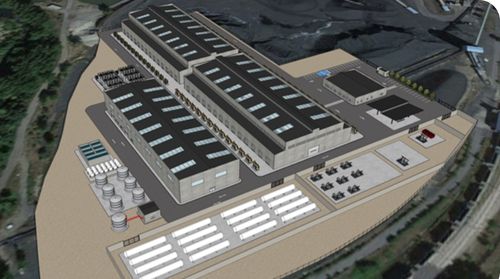
Este proyecto está financiado por la Comisión Europea en el marco del Fondo de Innovación, programa destinado al despliegue de tecnologías, procesos y productos innovadores que contribuyan a los compromisos de descarbonización de la Unión Europea. Este respaldo financiero no solo impulsa el desarrollo del proyecto, sino que, también valida su madurez, otorgándole una ventaja competitiva significativa.

Green H2 La Robla representa un cambio radical en el modelo energético, contribuyendo a reducir la dependencia de los combustibles fósiles a través de la apuesta por una solución energética limpia y sostenible como el hidrógeno renovable obtenido a través de la electrólisis del agua.

Utilizando energía 100% limpia, procedente de parques fotovoltaicos desarrollados en municipios aledaños a La Robla y firmando Acuerdos de Compra de Energía (PPA), esta planta producirá hasta 40,200 toneladas de hidrógeno verde al año, contribuyendo a la descarbonización de los procesos industriales y al desarrollo de la movilidad sostenible. Específicamente, el hidrógeno renovable desempeñará un papel clave en la descarbonización de los procesos industriales de la industria química. Green H2 La Robla permitirá evitar la emisión a la atmósfera de más de 430.000 toneladas anuales de CO2.
FAQs
What is renewable hydrogen?
Renewable hydrogen is the new ally for decarbonization. It is achieved mainly through electrolysis, which consists of separating the hydrogen from the oxygen in water using renewable electricity. The most important thing is that this process is powered entirely by renewable energy, so it does not generate any pollutant emissions into the atmosphere and is the cleanest and most sustainable hydrogen. Renewable hydrogen is a key sustainable solution for the decarbonization of the economy, and is part of the solution to achieve climate neutrality by 2050 set out in the European Green Deal.
What are the uses of renewable hydrogen?
Renewable hydrogen, produced by clean energies such as solar or wind power, is set to be a valuable energy vector for end uses where it is the most efficient solution in the process of decarbonization, such as hydrogen-intensive industry, high-temperature processes, and long-distance heavy transport, shipping, rail transport or aviation. Its use ranges from energy storage and power generation to synthetic fuels and industrial applications, contributing to a sustainable energy transition and reducing emissions in activities that are difficult to electrify.
What are the main advantages of renewable hydrogen?
Renewable hydrogen is a clean energy source that reduces CO₂ emissions and improves air quality, reducing environmental impact. It can store renewable energy for later use and has applications in transportation, industry and power generation. In addition, it drives industrial innovation, attracts investment, strengthens energy security and reduces dependence on fossil fuels. From a social perspective, it generates employment and supports local economies. It also contributes to energy independence in Europe, ensuring a sustainable and strategic supply.


